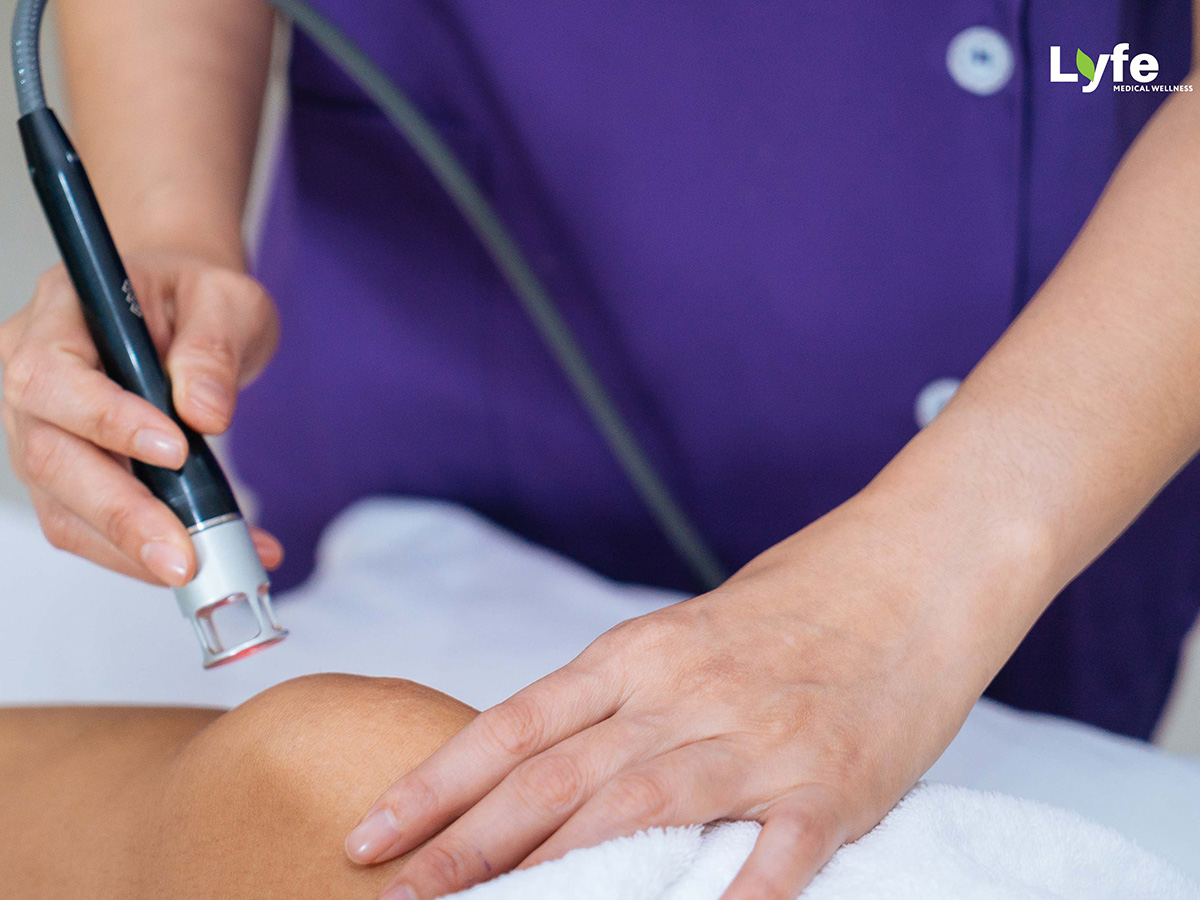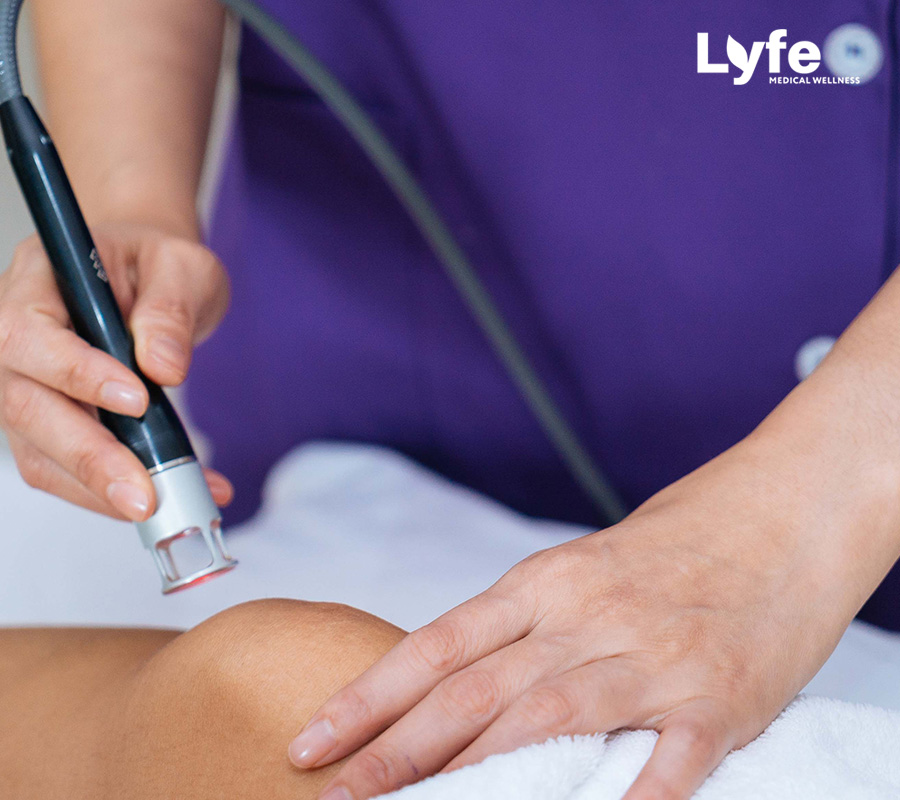BTL High-Intensity Laser Therapy :Alleviate muscle tension naturally.
BTL High-Intensity Laser Therapy is an innovative and powerful treatment designed to manage pain, accelerate healing, and restore function in musculoskeletal and soft tissue conditions. Utilizing advanced laser technology, this non-invasive solution offers fast and effective results for a wide range of injuries and chronic pain conditions.
What is BTL High-Intensity Laser Therapy?
BTL High-Intensity Laser Therapy uses focused laser energy to penetrate deep into tissues, delivering precise therapeutic effects. This cutting-edge device generates a beam of high-energy light, which interacts with the body’s cells to stimulate natural healing processes. The therapy is safe, painless, and delivers immediate and lasting results.
How Does It Work?
BTL High-Intensity Laser Therapy works through the process of photobiomodulation—the laser light penetrates deep into the skin and underlying tissues to stimulate cellular activity. This leads to:
Increased Circulation: The laser improves blood flow, delivering oxygen and nutrients to the affected area.
Accelerated Healing: Cellular regeneration is enhanced, speeding up the repair of damaged tissues.
Pain Reduction: The laser blocks pain signals at the nerve level and reduces inflammation, offering immediate relief.
Improved Function: By promoting tissue repair and reducing stiffness, the therapy restores mobility and function.
Why Choose BTL High-Intensity Laser Therapy?
Advanced Technology: BTL is a leader in innovative medical devices, offering precision and reliability.
Deep Tissue Penetration: The high-intensity laser reaches deeper tissues that traditional therapies may not target.
Fast and Effective: Most patients experience significant pain relief and improved mobility after just a few sessions.
Non-Invasive and Painless: A safe alternative to surgery and medications, with no downtime required.
Versatile Applications: Suitable for a wide range of conditions, from acute injuries to chronic pain.
Clinically Proven: Backed by extensive research, BTL High-Intensity Laser Therapy delivers consistent results.
What Conditions Can Benefit?
BTL High-Intensity Laser Therapy is effective for treating:
Chronic Pain: Conditions like arthritis, sciatica, and lower back pain
Acute Injuries: Muscle strains, sprains, and soft tissue injuries
Joint Disorders: Osteoarthritis, bursitis, and tendonitis
Sports Injuries: Enhances recovery from overuse injuries and trauma
Post-Surgical Recovery: Reduces pain, swelling, and scar tissue formation
Neuropathic Pain: Conditions like carpal tunnel syndrome and nerve entrapment
If you’re looking for a cutting-edge solution to manage pain, speed up recovery, and improve your quality of life, BTL High-Intensity Laser Therapy may be the answer.



